Located on the river Pegnitz, Nuremberg (Nürnberg) is the second largest city in Bavaria and the unofficial capital of Franconia. Famous for many things – the old medieval castle, the gingerbread, and the Christmas Market – Nuremberg is, above all these, a lovely place stuffed with architectural wonders, worthy of a one-weekend trip.
Discover Nuremberg and find out what treasures are hidden inside its old walls. You can see everything in 1-2 days, but if you’re planning to stay more, there are still plenty of things to see and visit.
1. Nuremberg Castle
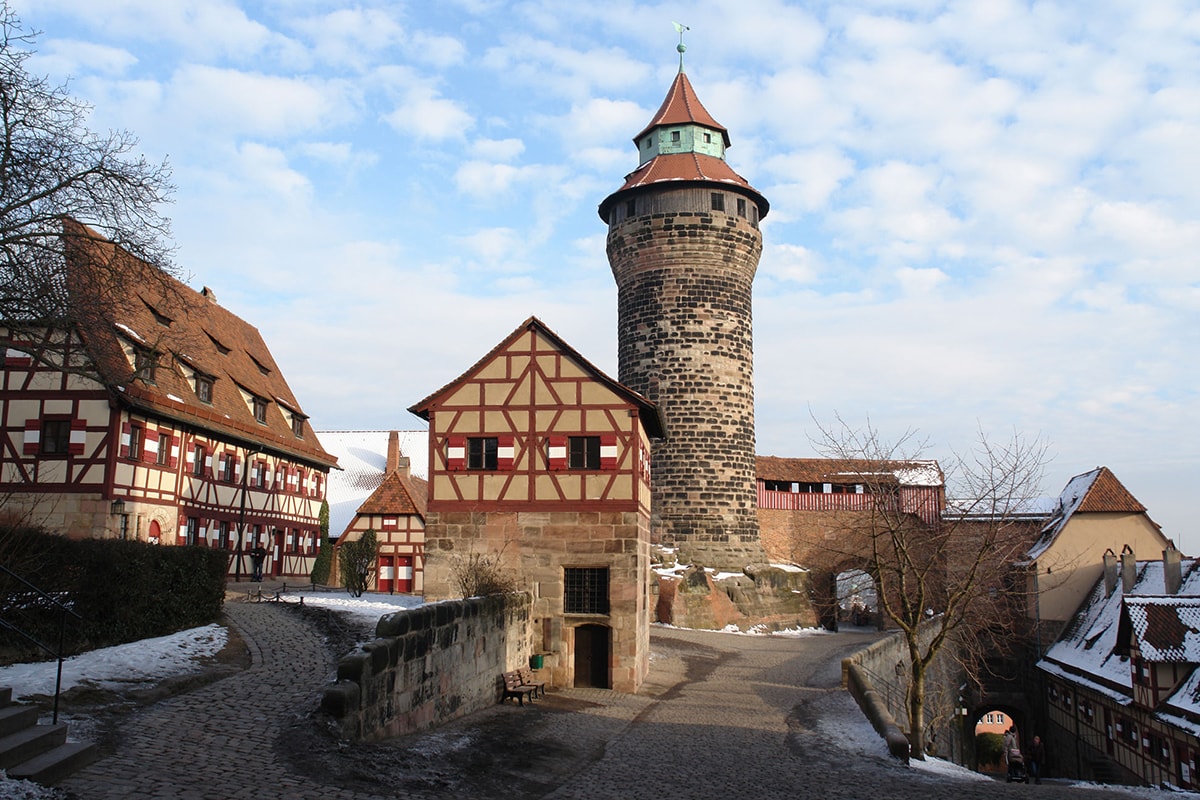
The main attraction of Nuremberg is the medieval castle, Kaiserburg, which overlooks the whole historic city center, being a silent witness of a long history, since Middle Ages. The castle was an important residency for all the German kings and emperors, who didn’t have a proper capital during Middle Ages. Therefore, in the 14th century, Nuremberg became “the most distinguished, best-located city of the realm”, the place where every newly elected ruler had to hold his first Imperial Diet, in addition to Frankfurt where the kings were elected, and Aachen where they were crowned.
The bombing raids during the World War II destroyed almost completely the castle, and it took 30 years for its rebuilding and restoration, using the principle of “creative conservation” – rebuilding the fortification exactly like it was before the war.
Opening hours:
April to September: daily 9 am-6 pm
October to March: daily 10 am-4 pm
Last entry: 30 minutes before the stated closing time
Admission:
Combination ticket “Imperial Castle” (Palas with Double Chapel + Deep Well + Sinwell Tower + Kaiserburg Museum): €7.00 / €6.00
Palas with Double Chapel + Kaiserburg Museum: €5.50 / €4.50
Deep Well + Sinwell Tower: €3.50 / €2.50
Castle Gardens and Maria Sibylla Merian Garden: free
Combination ticket (Imperial Castle + Cadolzburg Castle – near Fürth): €12 / €10
Official site
2. Hauptmarkt
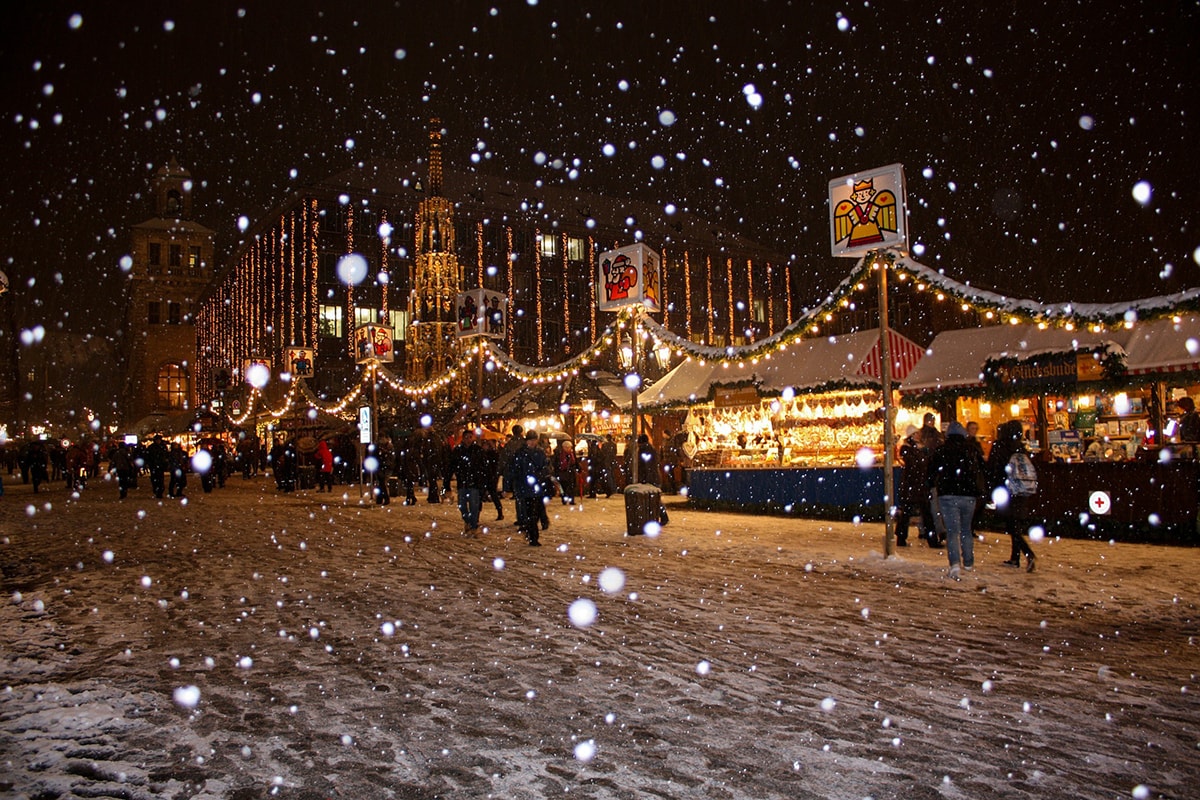
Hauptmarkt is the old city’s central square and also the place where every year, the famous Nuremberg Christmas Market takes place. So, if you find yourself in Nuremberg during Christmas, don’t miss visiting Christkindlesmarkt, considered to be one of the most beautiful Christmas Markets in Germany.
Another attraction not to be missed in the central square is the Schöner Brunnen (Beautiful Fountain). The fountain was built between 1385 and 1396; it has the form of a gothic spire, decorated with 40 colored figures that represent the world view of the Holy Roman Empire. And if you spin one of the two golden rings located in the fountain’s fence, it’s said you would be lucky all year round.
3. Frauenkirche / Church of our Lady
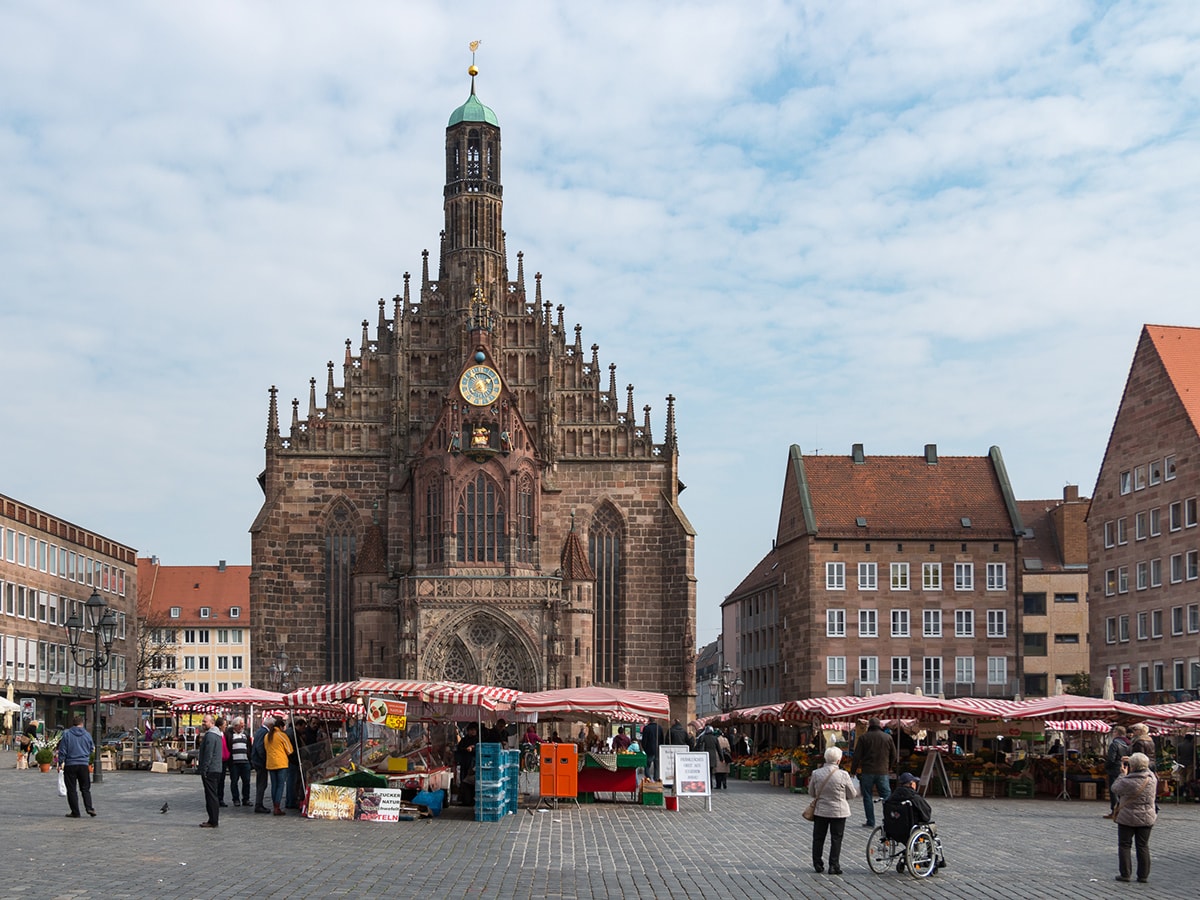
The Frauenkirche (Church of our Lady) is located in the eastern part of the main city’s square (Hauptmarkt). The church is built in gothic style between 1352 and 1362 and houses many works of art from the Middle Ages.
One of its point of interest is the old clock (Männleinlaufen). At noon, a bell starts ringing and so begins the ceremony of the clock’s figures – the Roman Emperor and the seven Electors around him.
The church’s balcony is also the place where the Christmas Market opening ceremonytakes place every year.
4. St. Sebaldus Church
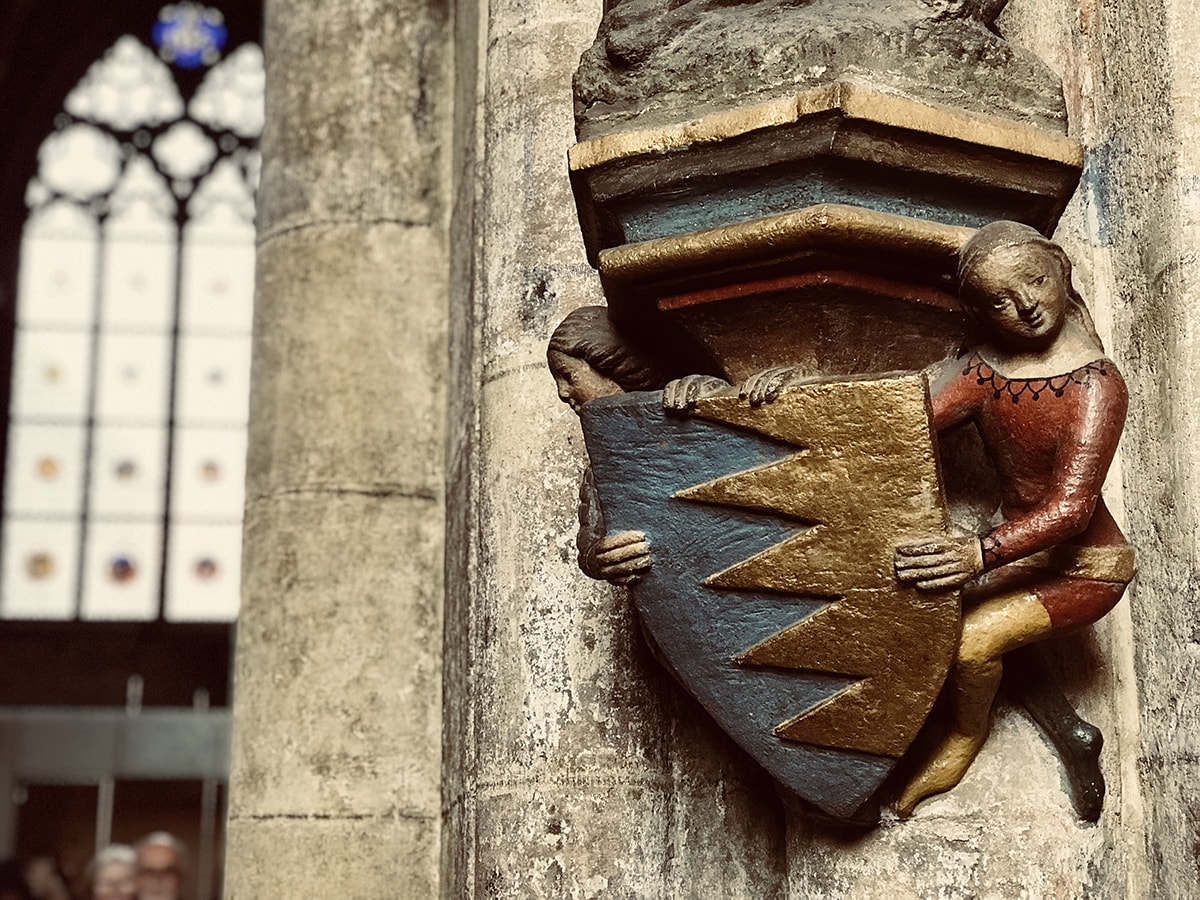
St. Sebaldus Church is one of the oldest churches in Nuremberg; its name comes from Saint Sebaldus, the holy patron of the city of Nuremberg. Seriously damaged during World War II, the church was restored in the following years. Still, some parts remained untouched, like the tomb of St. Sebaldus, works by Veit Stoss and the stained glass windows. Inside you can also visit the famous Tucher family epitaph.
5. St. Lorenz Church
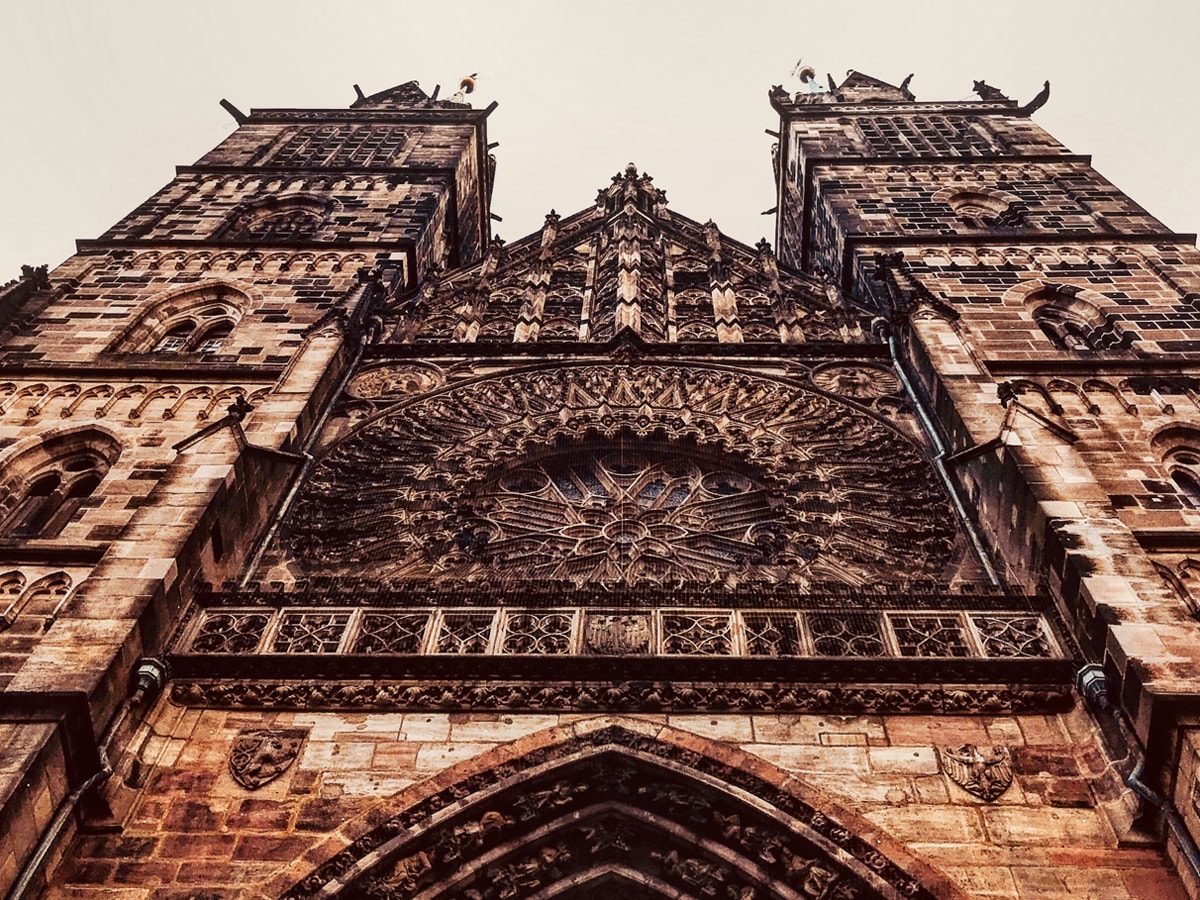
Built in the 13th century, St. Lorenz Church was one of the first churches in Germany to became Lutheran, in 1525. From the outside, you can see the beautiful rose window with a 9 meters diameter. Inside, take time to admire its beautiful and old works of art – the Krell Altar, with the oldest surviving image of the town, the Angelic Salutation by Veit Stoss, and the 15th-century tabernacle by Adam Kraft.
6. National Germanic Museum
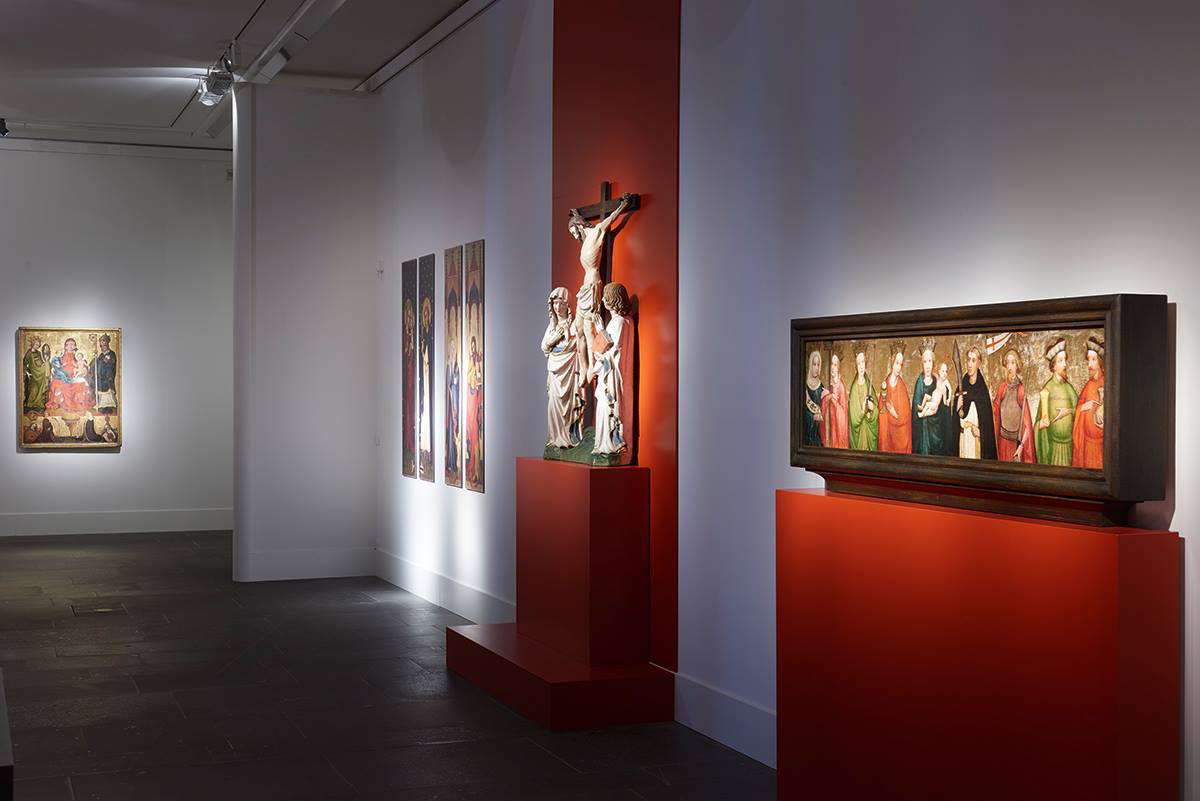
©Germanisches Nationalmuseum
With over 25.000 objects exhibited, the National Germanic Museum (The Germanisches Nationalmuseum) is the largest museum of cultural history in Germany. The museum was founded in 1852, to document the cultural history of all the German-speaking countries.
From the Middle Ages to the current times, the museum it’s a journey back in time, helping you to discover the evolution of the german world. Keep in mind that you will need more than 1-2 hours to see everything; and don’t leave without seeing Rembrandt’s self-portrait, Albrecht Dürer’s imperial portraits and the medieval sculptures of Veit Stoß and Tilman Riemenschneider.
Opening hours:
Tuesday – Sunday: 10 am – 6 pm
Wednesday: 10 am – 9 pm
Monday: closed
Admission:
Adults: €8.00
Reduced price: €5.00
Family ticket: €10.00
Official site
7. The Nuremberg Transport Museum
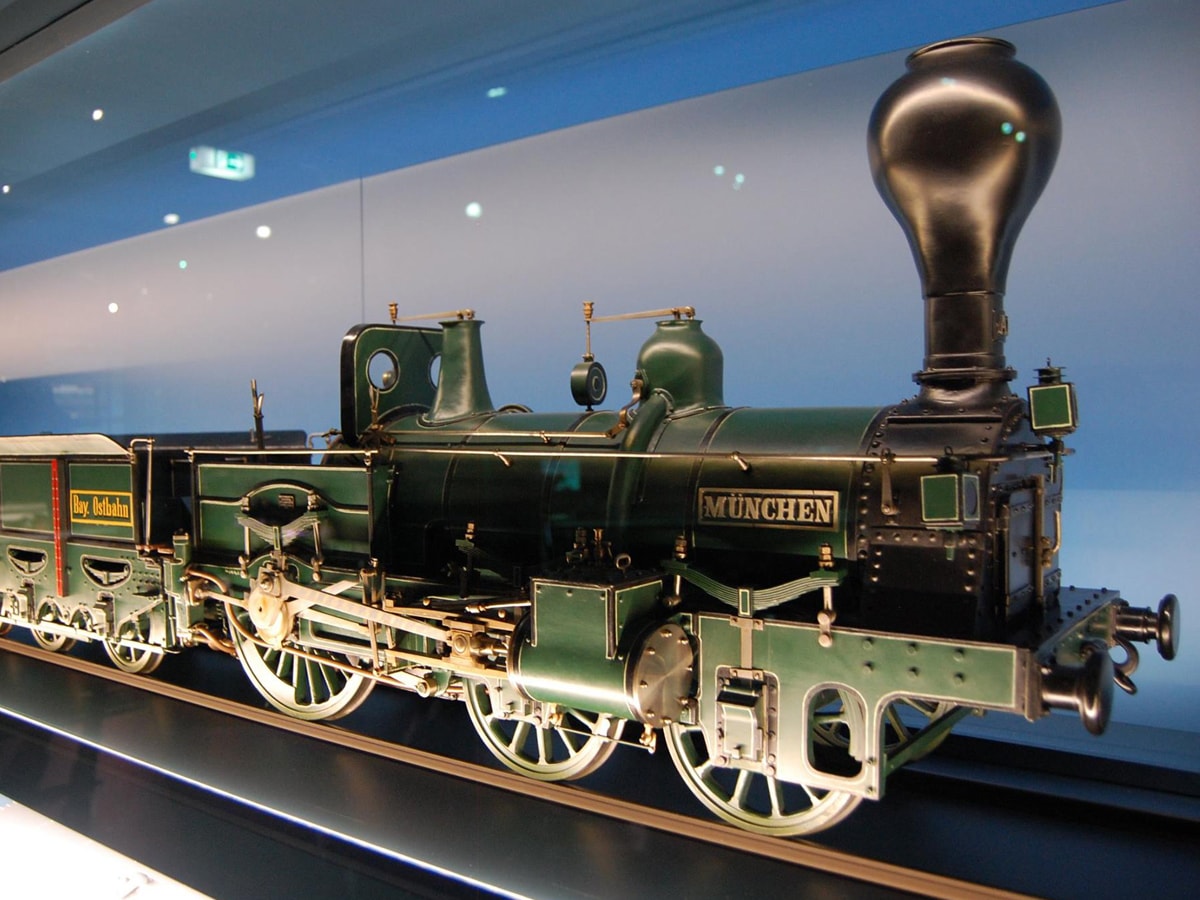
@ DB Museum
An ancient steam locomotive (Nordgau) still preserved in its original state or the oldest surviving railway vehicle on the European mainland? You can see them both at the Nuremberg Transport Museum.
The museum covers a total space of 6,800 m² and tells the story of the German transport, from the first beginnings and up to the present day.
Opening hours:
Tuesday – Friday: 9 am – 5 pm
Saturday – Sunday: 10 am – 6 pm
Monday: closed
Admission:
Adults: €6.00
Reduced: €3.00
Family ticket (2 adults plus up to 4 children) €12.00
School classes (per child): €2.00
Official site
8. Albrecht Durer’s House
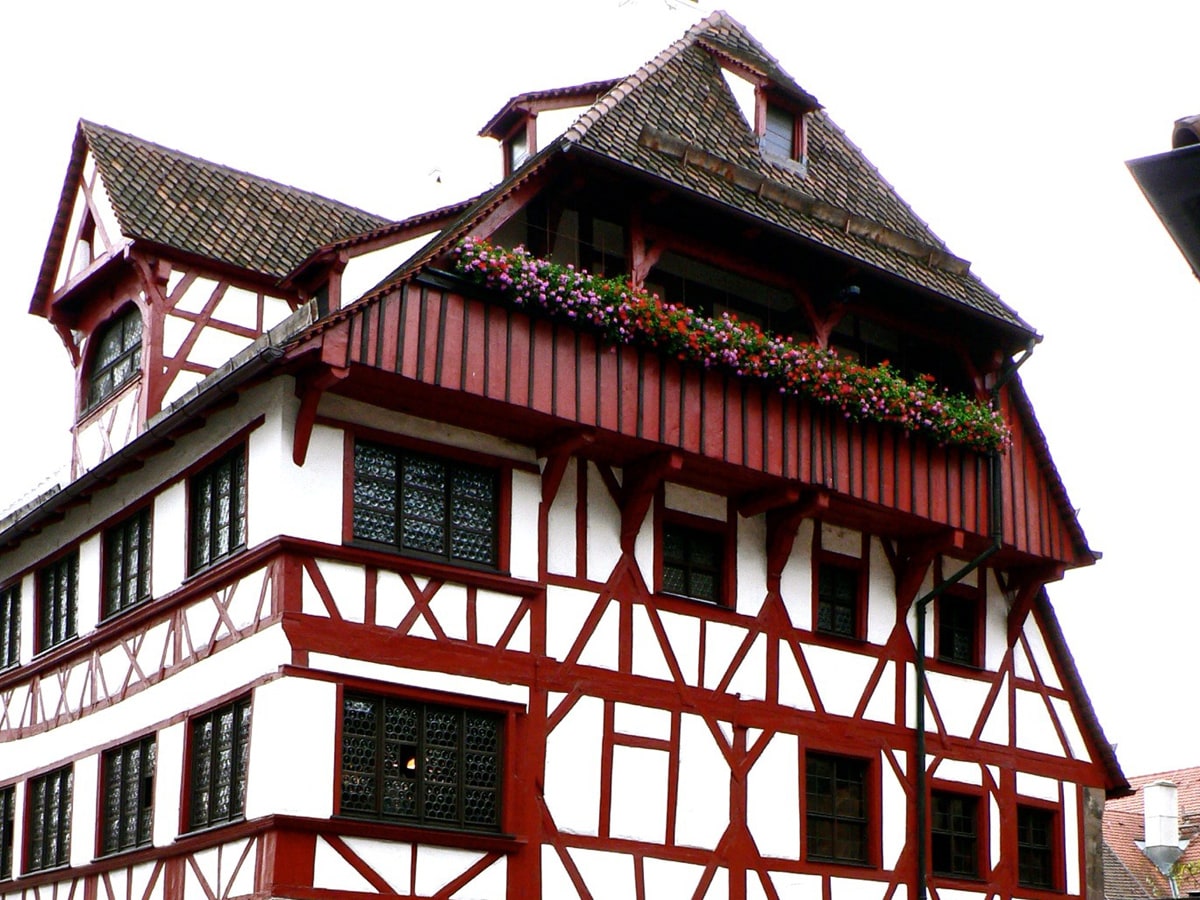
Albrecht Durer was a German Renaissance painter, born in Nuremberg, and one of the most important figures of the Northern Renaissance. The house where the painter lived for almost 20 years is the only surviving 15th-century artist’s house in Northern Europe. Don’t miss the tours led by an actress playing Dürer’s wife, Agnes.
Opening hours:
Tuesday – Friday: 10 am – 5 pm
Thursday: 10 am – 8 pm
Saturday, Sunday, holidays: 10 am – 6 pm
Monday: closed
Admission:
Adults: €6.00
Reduced: €1.50
Family ticket: €6.50
Official site
9. Documentation Center Nazi Party Rally Grounds
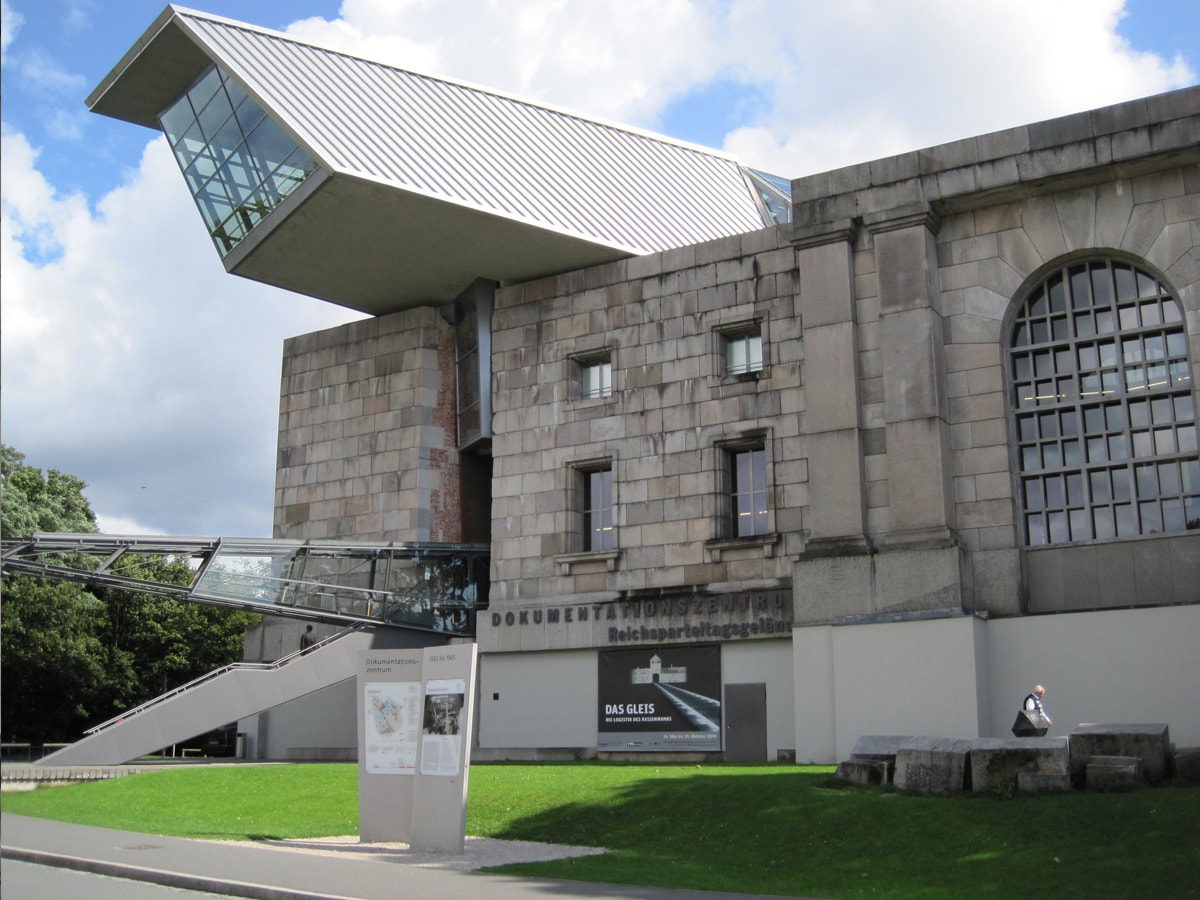
This well-documented museum is dedicated to the darkest period in Germany’s history. In the former Congress Hall, the place where Nazi Party rallies were held, you can see the permanent exhibition “Fascination and Terror”, dealing with all the causes, the context and the consequences of the Nazi regime of terror. Documents, photographs, films and animation cover this tumultuous period.
Opening hours:
Monday – Friday: 9 am – 6 pm
Saturday, Sunday, holidays: 10 am – 6 pm
Last admission: 5 pm
Admission:
Adults: €6.00
Reduced: €1.50
Family ticket: €6.50
Official site
10. Nuremberg Trials Memorial
One of the things that made Nuremberg famous over the time is the fact that here is where the leaders of the Nazi regime were brought to justice for their crimes during the World War II. You can visit the Courtroom 600, where the main trials were held and the museum located on the top floor of the Palace of Justice. The best time to visit the courtroom is on Saturdays – the courtroom is still functional, and during weekdays you should try to enter only between sessions.
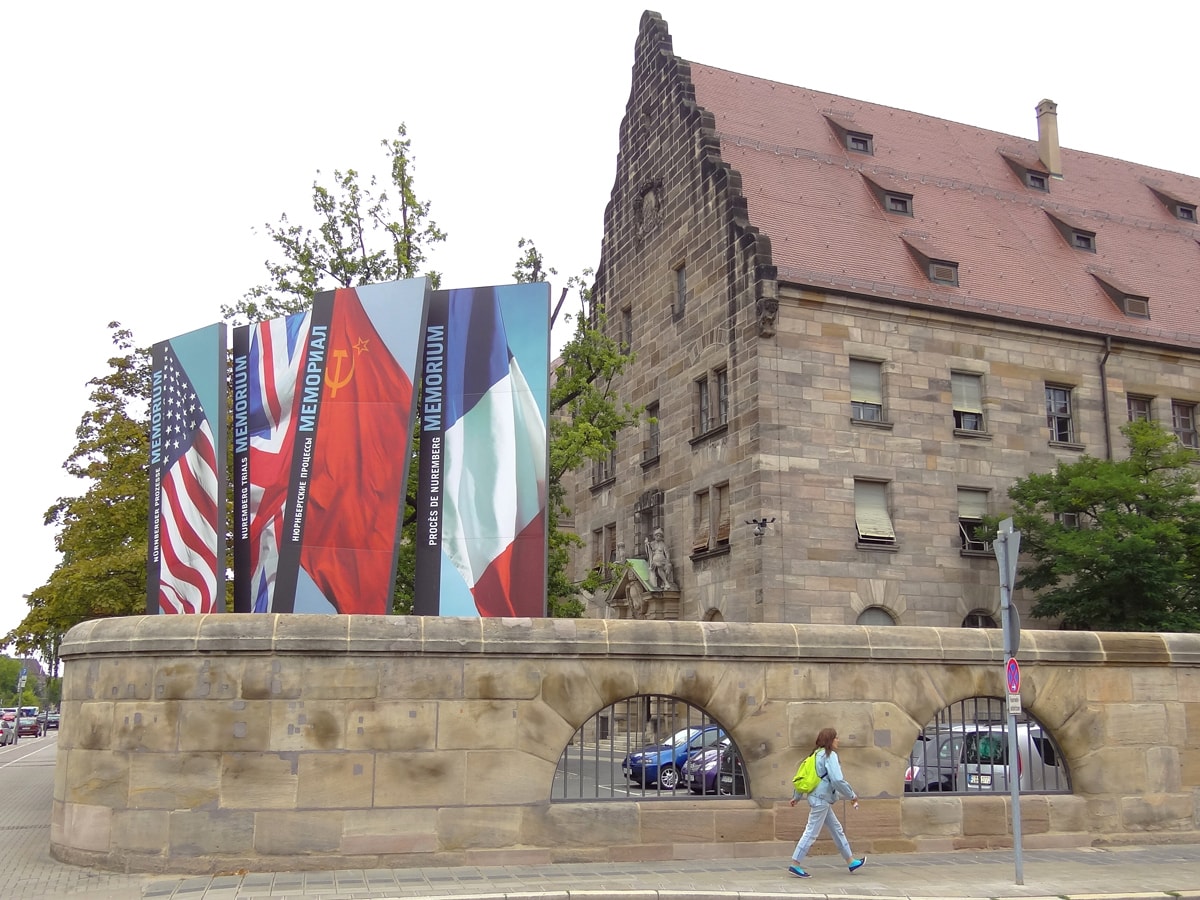
Opening hours:
Wednesday – Monday: 10 am – 6 pm
Last entry: 5pm
Monday: closed
Admission:
Adults: €6.00
Reduced: €1.50
Family ticket: €6.50
Official site
Pin for later:
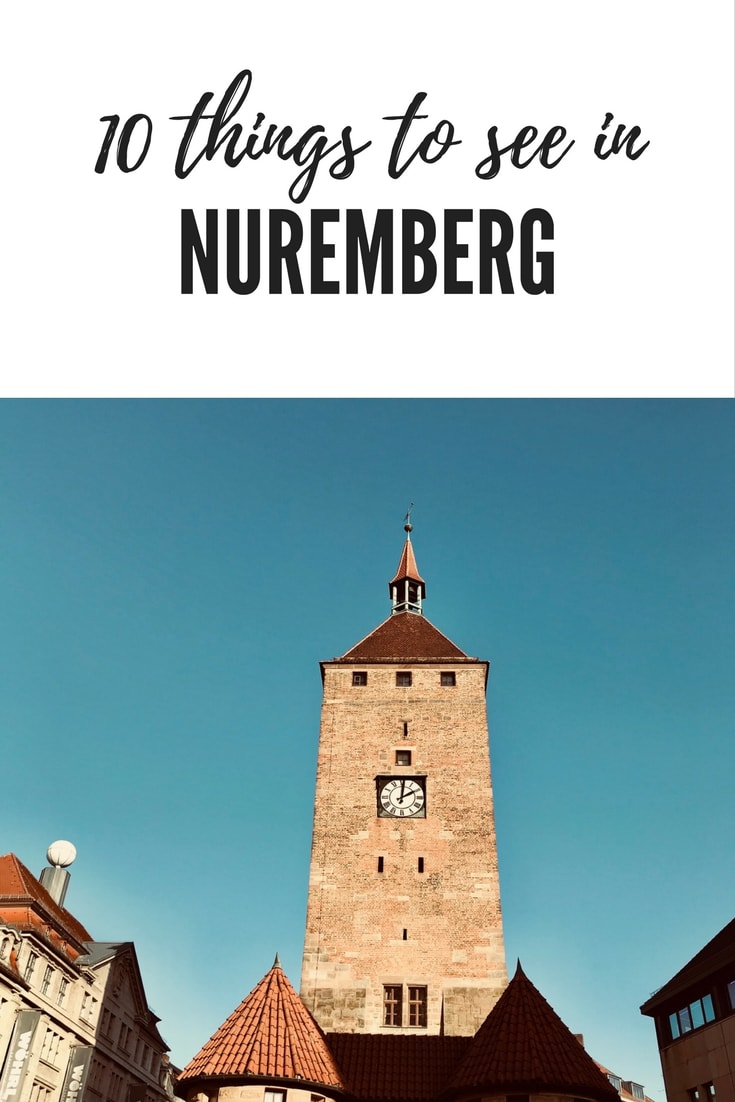
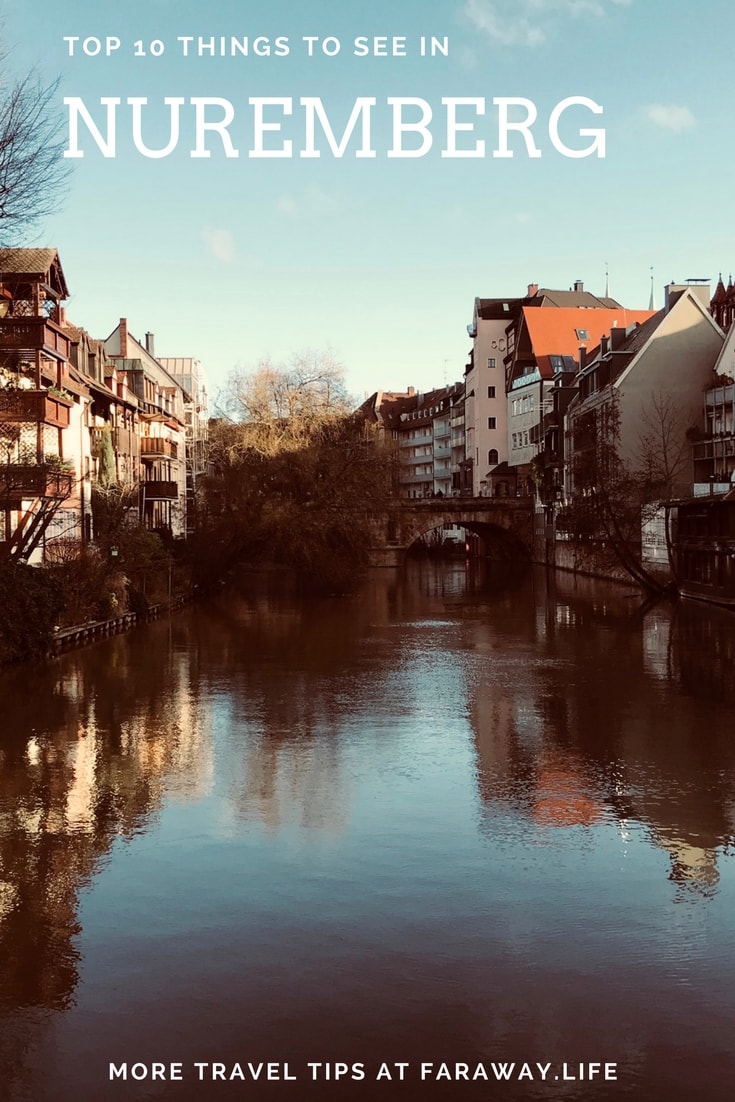


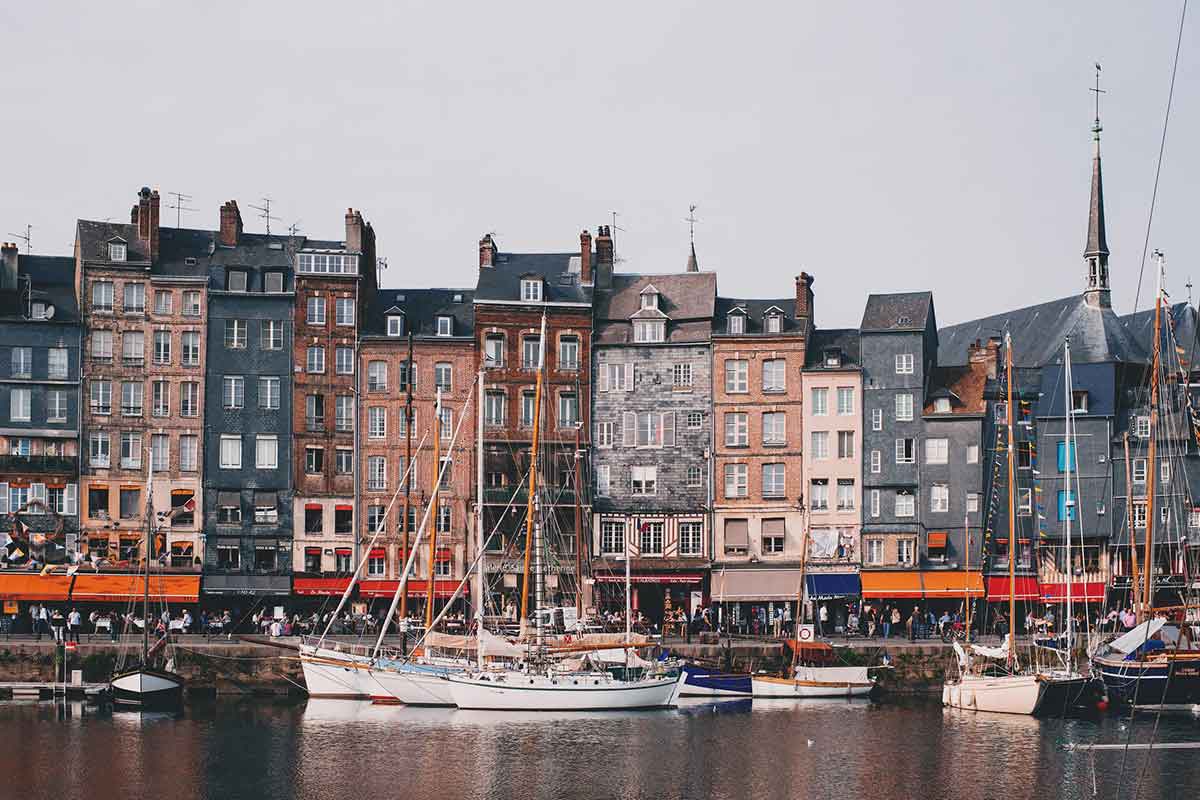
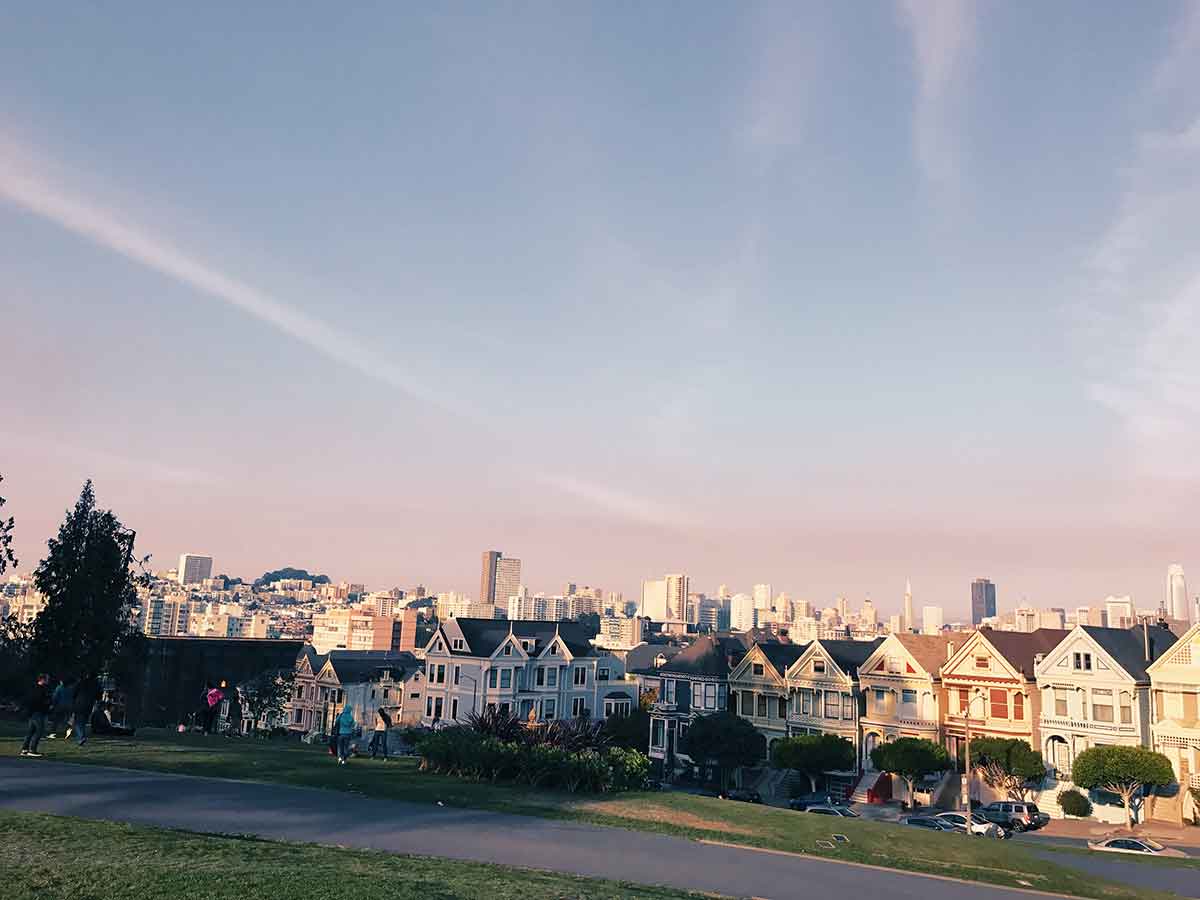
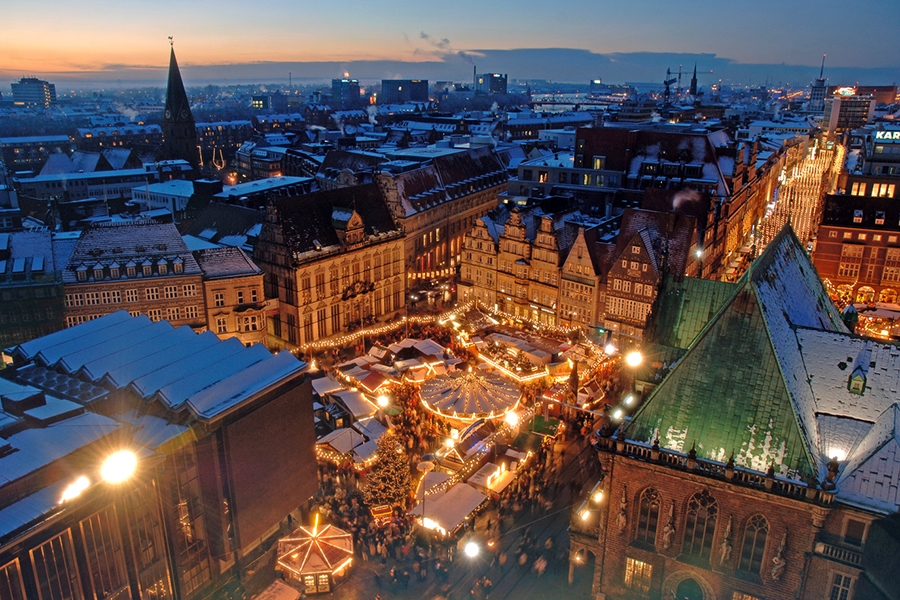
No Comments